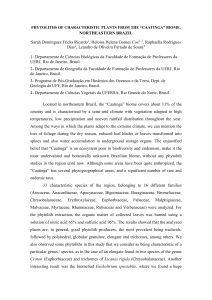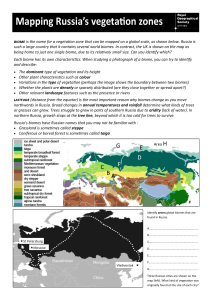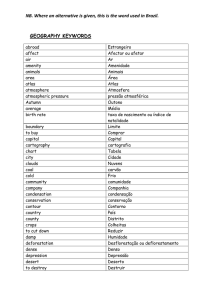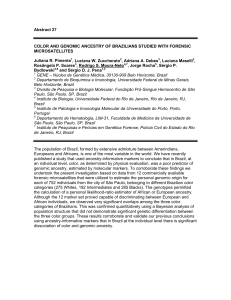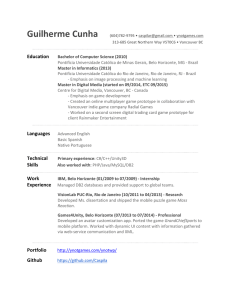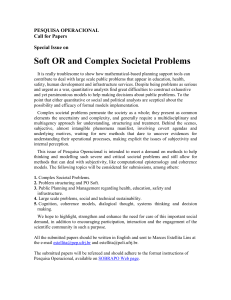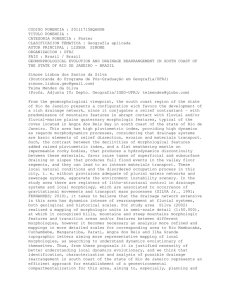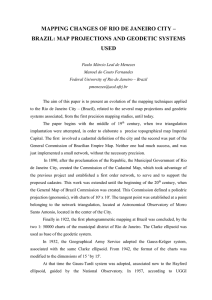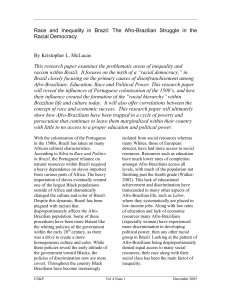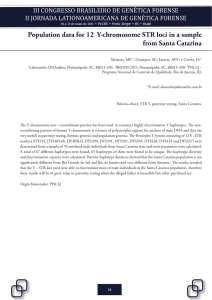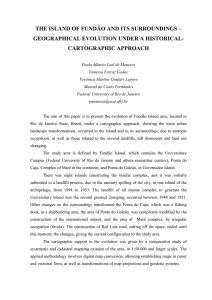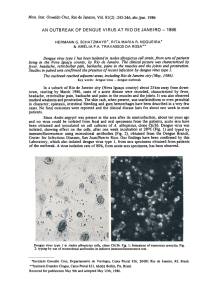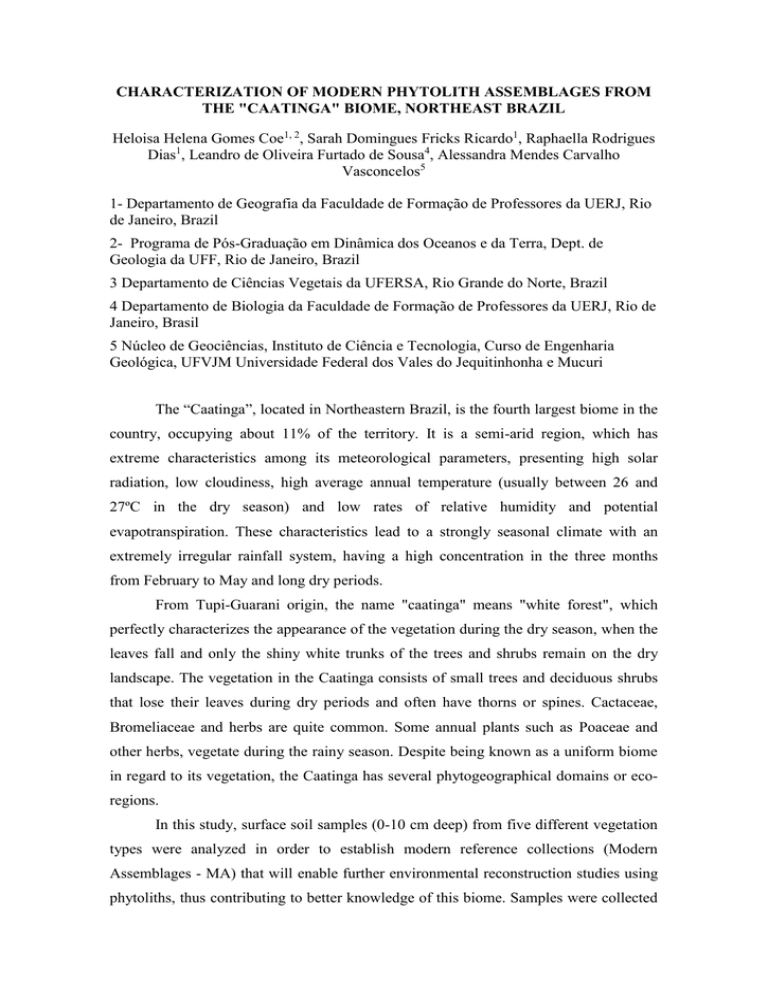
CHARACTERIZATION OF MODERN PHYTOLITH ASSEMBLAGES FROM
THE "CAATINGA" BIOME, NORTHEAST BRAZIL
Heloisa Helena Gomes Coe1, 2, Sarah Domingues Fricks Ricardo1, Raphaella Rodrigues
Dias1, Leandro de Oliveira Furtado de Sousa4, Alessandra Mendes Carvalho
Vasconcelos5
1- Departamento de Geografia da Faculdade de Formação de Professores da UERJ, Rio
de Janeiro, Brazil
2- Programa de Pós-Graduação em Dinâmica dos Oceanos e da Terra, Dept. de
Geologia da UFF, Rio de Janeiro, Brazil
3 Departamento de Ciências Vegetais da UFERSA, Rio Grande do Norte, Brazil
4 Departamento de Biologia da Faculdade de Formação de Professores da UERJ, Rio de
Janeiro, Brasil
5 Núcleo de Geociências, Instituto de Ciência e Tecnologia, Curso de Engenharia
Geológica, UFVJM Universidade Federal dos Vales do Jequitinhonha e Mucuri
The “Caatinga”, located in Northeastern Brazil, is the fourth largest biome in the
country, occupying about 11% of the territory. It is a semi-arid region, which has
extreme characteristics among its meteorological parameters, presenting high solar
radiation, low cloudiness, high average annual temperature (usually between 26 and
27ºC in the dry season) and low rates of relative humidity and potential
evapotranspiration. These characteristics lead to a strongly seasonal climate with an
extremely irregular rainfall system, having a high concentration in the three months
from February to May and long dry periods.
From Tupi-Guarani origin, the name "caatinga" means "white forest", which
perfectly characterizes the appearance of the vegetation during the dry season, when the
leaves fall and only the shiny white trunks of the trees and shrubs remain on the dry
landscape. The vegetation in the Caatinga consists of small trees and deciduous shrubs
that lose their leaves during dry periods and often have thorns or spines. Cactaceae,
Bromeliaceae and herbs are quite common. Some annual plants such as Poaceae and
other herbs, vegetate during the rainy season. Despite being known as a uniform biome
in regard to its vegetation, the Caatinga has several phytogeographical domains or ecoregions.
In this study, surface soil samples (0-10 cm deep) from five different vegetation
types were analyzed in order to establish modern reference collections (Modern
Assemblages - MA) that will enable further environmental reconstruction studies using
phytoliths, thus contributing to better knowledge of this biome. Samples were collected
in the Northern Sertaneja Depression, in the states of Ceará and Rio Grande do Norte, in
the following formations: Caatinga Open Shrubland (MA1), Medium Caatinga Forest
(MA2), High Caatinga Forest (MA3), Riparian Forest (MA4) and Caatinga Dense
Shrubland (AM5). The analyses of the five modern assemblages indicated a high degree
of conservation of phytoliths in the soil, the morphotypes and their amounts varying
according to the overlying vegetation and the soil granulometry. The sample that
presented the highest quantity of classified phytoliths was MA3 and the lowest
percentage was observed in MA1. Regarding phytolith stocks, the largest were found in
MA3, MA2 and MA5, and the lowest in MA1 and MA4, respectively. The phytolith
morphotypes varied with the vegetal formation, but globular granulate predominated in
all the samples, followed by globular echinate and elongate, which is expected in
predominantly tree and shrub vegetation. The phytolith indexes for D/P (0.6 to 15), Bi
(50 to 78%), Iph (53 to 87%) and Pa /P (0.1 to 8.9) were calculated, proving compatible
with the type of vegetal formation analyzed.
Despite some limitations, phytoliths have been shown to be promising tools for
improved knowledge of the vegetation of this region, as well as for use in
paleoenvironmental studies in the biome.
Keywords: “Caatinga”; semi-arid; Brazil; modern phytolith assemblages

